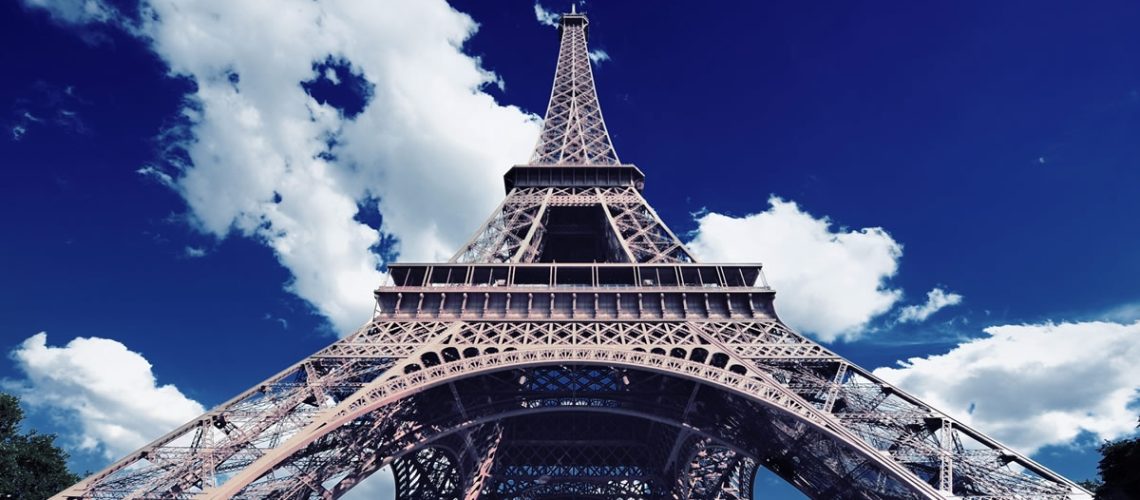


Cast iron gutters and pipes, integral to European architecture for centuries, are experiencing a resurgence. This revival of traditional materials, particularly for bespoke projects on historic buildings, is an exciting development. This article explores the resurgence of cast iron gutter and pipe projects in various European countries, including France, Germany, the Netherlands, and others, highlighting the significance of these restorations in preserving architectural heritage.
France, with its rich history and abundant historic buildings, has seen a significant revival in the use of cast iron gutters and pipes. French architecture, especially from the 18th and 19th centuries, often features intricate designs and elaborate embellishments. Restoring these elements requires not just skill, but also a deep understanding of the original construction techniques and materials. The dedication and precision of the craftsmen involved in this restoration work is truly inspiring.
Bespoke cast iron gutter projects are becoming increasingly common in cities like Paris, Lyon, and Bordeaux. The craftsmen, with their meticulous work, not only recreate the original designs but also ensure the new installations match the historical context. Their dedication enhances the visual appeal of the buildings and ensures their structural integrity by providing robust and long-lasting drainage solutions.
Germany’s dedication to preserving its architectural heritage is evident in its approach to restoring historic buildings. In cities like Berlin, Munich, and Hamburg, cast iron gutters and pipes are being reintroduced to maintain the authenticity of historic structures.
German restoration projects often involve detailed research to understand the original construction techniques and materials. This commitment to authenticity is reflected in the meticulous craftsmanship, where every detail is carefully considered, and the use of high-quality cast iron. The attention to detail in these bespoke projects in Germany is truly impressive and will leave you in awe.
The Netherlands has a unique approach to integrating cast iron gutters and pipes into its historic buildings. Known for its innovative engineering solutions, the Dutch combine traditional materials with modern technology to achieve the best results.
Bespoke cast iron gutter projects are tailored to meet specific architectural needs in cities like Amsterdam, Rotterdam, and Utrecht. The Dutch emphasis on sustainability also plays a role, with many projects incorporating recycled materials and environmentally friendly practices. This blend of tradition and innovation ensures that historic buildings are preserved for future generations while meeting contemporary standards.
Beyond France, Germany, and the Netherlands, other European countries also recognise the value of cast iron gutter and pipe restorations. For example, cast iron has long been a staple in historic buildings in the UK, and its use continues to thrive. Italy, Spain, and Belgium also see a rise in bespoke cast iron projects.
In these countries, the restoration of cast iron gutters and pipes is often part of broader conservation efforts. These projects are typically supported by heritage organisations and government grants, emphasising the cultural significance of preserving historic architecture. Skilled craftsmen are essential to these efforts, bringing their expertise to bear on complex restoration projects that demand precision and creativity.
Restoring cast iron gutters and pipes on historic buildings presents several challenges. One of the primary difficulties is sourcing materials that match the original specifications. Many historic cast iron components were handcrafted, making it essential to find skilled artisans to replicate these designs accurately.
Another challenge is integrating modern drainage systems with historic architecture. While preserving the building’s visual integrity is crucial, it is also essential to ensure that the drainage system is efficient and meets current standards. This often requires innovative solutions, such as discreetly incorporating modern technology into traditional designs.
Collaboration between architects, historians, and craftsmen is essential to address these challenges. Detailed surveys and site visits help identify each project’s specific needs, allowing for tailored solutions that respect the building’s history while providing practical benefits.
Bespoke cast iron gutter and pipe projects are vital in heritage preservation. These projects ensure that historic buildings retain their original charm and character while benefiting from modern functionality. By investing in high-quality materials and skilled craftsmanship, property owners and heritage organisations can safeguard these architectural treasures for future generations.
In addition to their practical benefits, bespoke cast iron projects also contribute to historic areas’ cultural and economic vitality. Restored buildings attract tourism and investment, supporting local economies and fostering a sense of community pride.
The revival of cast iron gutter and pipe projects across Europe reflects a broader commitment to preserving historic architecture. From the intricate designs of French châteaux to the innovative solutions of Dutch engineers, these projects highlight the enduring appeal of cast iron. By embracing both tradition and innovation, European countries are ensuring that their architectural heritage continues to inspire and captivate future generations. Through meticulous craftsmanship and a dedication to authenticity, bespoke cast iron projects are helping to keep the past alive, one gutter at a time.